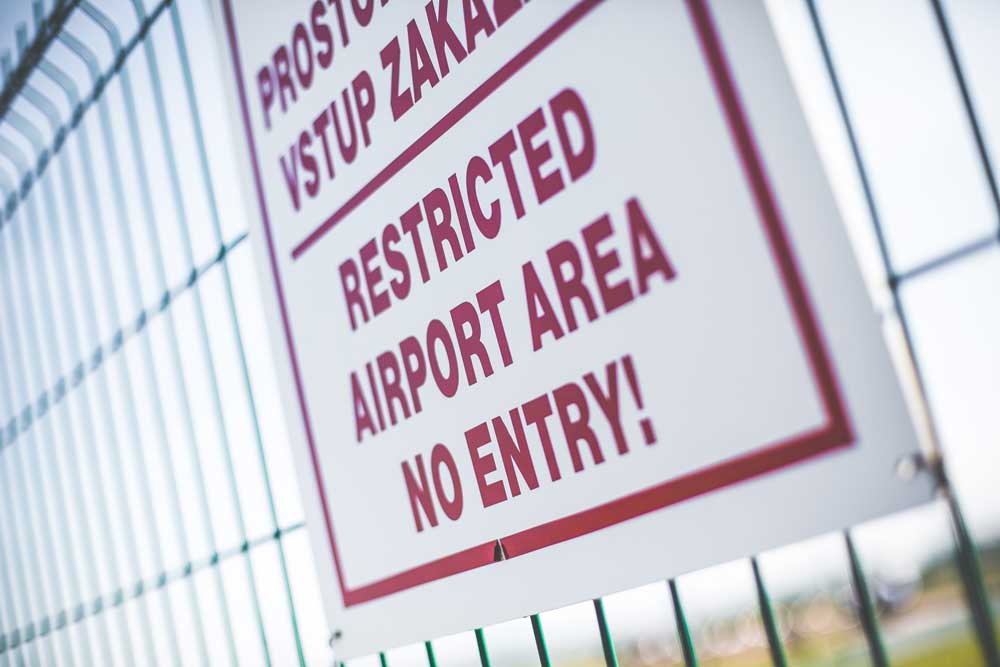
Constructively engaging a threatening counterpart. 14 super-effective actions
16/07/2016
How I got kicked by a horse and got one of the greatest leadership lesson ever.
02/08/2016We all know: leadership is mostly about making decisions, with wisdom, vision and integrity of course. One of the most difficult things, however, that a leader has to do 24/7 is to make out the true reality and facts in the situation he/she is dealing with and discern them from interpretations, assumptions, opinions, emotions and so on. In a nutshell, getting rid of deforming lenses and looking straight into the facts.
You may not be surprised, then, to notice that the first Step of The CASE Method’s framework for decision making is “Check out facts“. Well, not so easy without some preparatory work.
We humans are all influenced by, at least, our emotions and experience. A lot also by previous experiences with people, which transforms into prejudice – either positive or negative – when we have to deal with them in future occasions. Another tendency that we have is to think that things will always go in a certain way, because that is what we know. Finally we have a tendency to believe that our thoughts about reality equal to truth about reality. This is but a rough sum-up of possible biases that we humans have when making decisions.
There is also another dangerous bias in conflict or decision making situations which is that of trust: we may be tempted, and often we are, to take the thought of a person we trust about a situation as the real truth about it, while we may tend to dismiss the description of the situation, even a very factual and accurate one, by a person we trust – or like – less.

When designing the CASE© Method framework I had the paramount concern to prevent leaders from incurring in the risk of such biases, hence I put checking out facts at the top of the Method’s 9 Steps. Now you may want to know, since we are prone to so many biases, how on Earth we can be objective in checking out facts and assessing a situation correctly enough to make sound decisions. Well, that’s one of the secrets of effective leadership, to achieve which I am giving a few hints right now. Of course they are from The CASE© Method and you can find the whole explanation in the book above (here the link to a free preview available).
- Know yourself as much as possible; self awareness is a must for a leader. Without such knowledge it is impossible to lead other people or any organization since you would not know where you are going yourself.
- Be aware of your own emotions about a situation: if you have expectations, or preferences that generate disappointment, for example, it is important to be aware of that, because a strong emotion like disappointment will blur your vision if you don’t take it into account
- Ask questions, ask questions, ask questions: a good leader is one who asks many many questions, without shame of asking even apparently obvious ones. A leader is self aware, thus not at all concerned of appearing stupid by asking obvious questions
- Never take anything for granted: the most slippery thing that can cause a wrong decision and subsequent “fall” is taking things for granted. You never know how life will play with the infinite possibilities that it has to develop, therefore nothing is for granted: never. A leader knows this, and acts accordingly
- Listen to everybody. Very often we know that great leaders, even of big organizations, are those who listen more to everybody in their organizations. Believe blindly no one. The time spent in listening to your stakeholders, even hostile ones, is a good investment.
- But listening has its rules of the game. Listen to facts, ask for opinions but be deaf to gossip. Remember the three wise monkeys? Hear no evil, see no evil, speak no evil. Listen with wisdom and mind that every truth spoken by a human being, even one 100{f62d5d00145dc1761a46bb3b9876f4fb2b6782fa0e48784c716da9a8908fe5e5} in good faith, is but a personal view of the truth.
- Trust your feelings. But do this only once you have achieved enough self-knowledge and self-awareness to be sure that those are your “feelings” and not your emotions or biases speaking-up
This is the sound approach to fact-assessment that a leader should use to make sound decisions that keep safe, inspire and lead to prosperity his/her own people.
Feel free to email me at my direct email federico@federicofioretto.biz or to check out the resources linked to find out more about The CASE© Method approach to decision making
About the Author: Federico Fioretto has been entrepreneur and manager; he works internationally as leadership & strategic sustainability consultant, trainer and keynote speaker. In his most recent book, Sustainable Leadership goo.gl/O0Vk1Q, he illustrates his original CASE© Method for the transformation of conflicts, leadership and decision making through a competent communication. He has designed and directed award winning trainings on communication and teamwork in healthcare. A member of various international scientific societies, he is a passionate advocate of sustainability in the business world and as a mean of social and economic development.
In 2015 he was one of the two only Europeans chosen by President Obama’s Young African Leadership Initiative project as trainers of a new generation of leaders for the development of the African Continent.
More information about him and his work can be found on his website www.federicofioretto.biz

